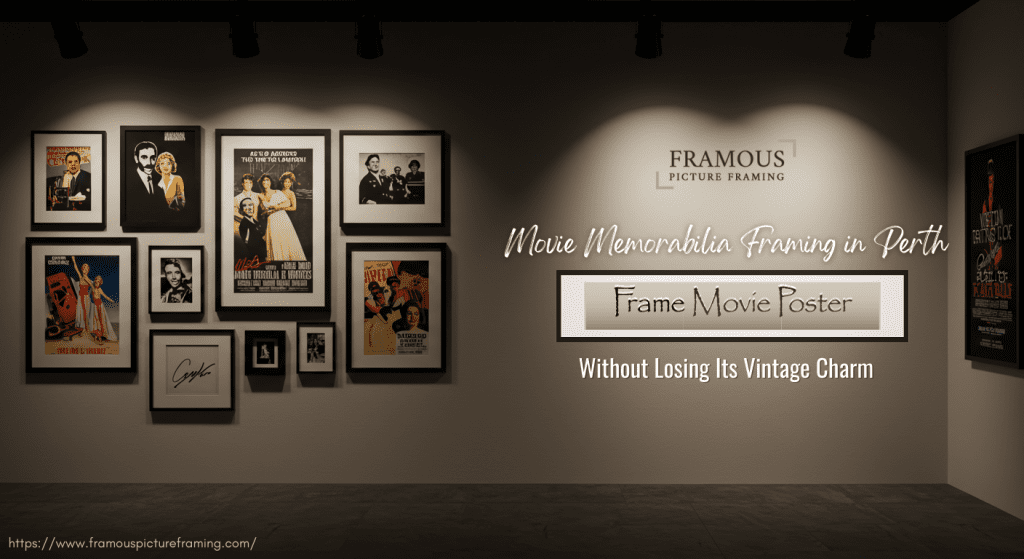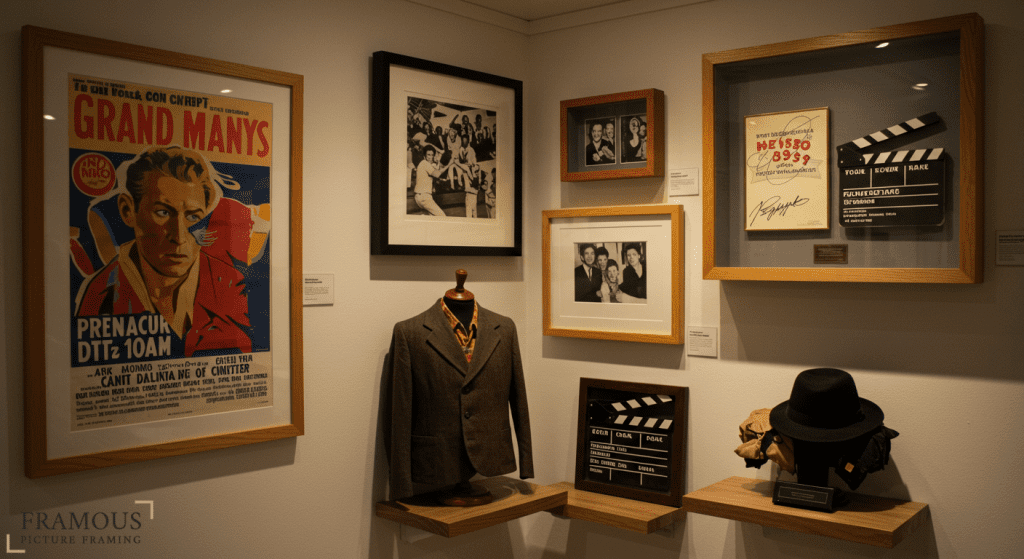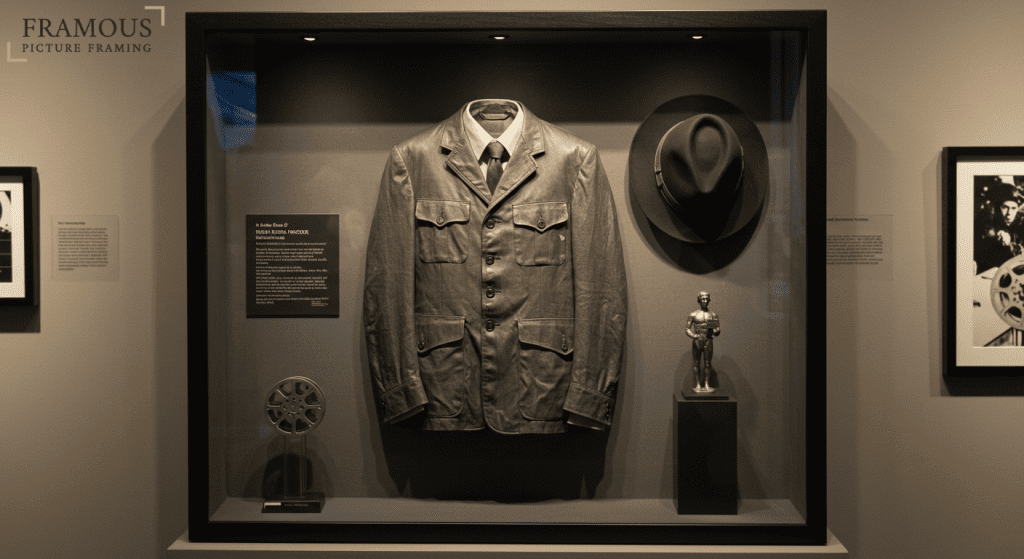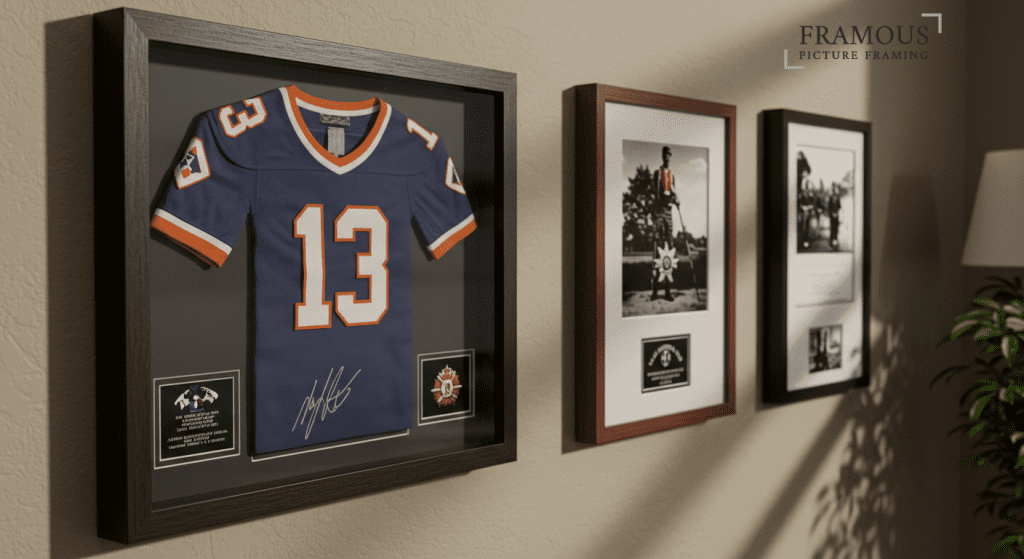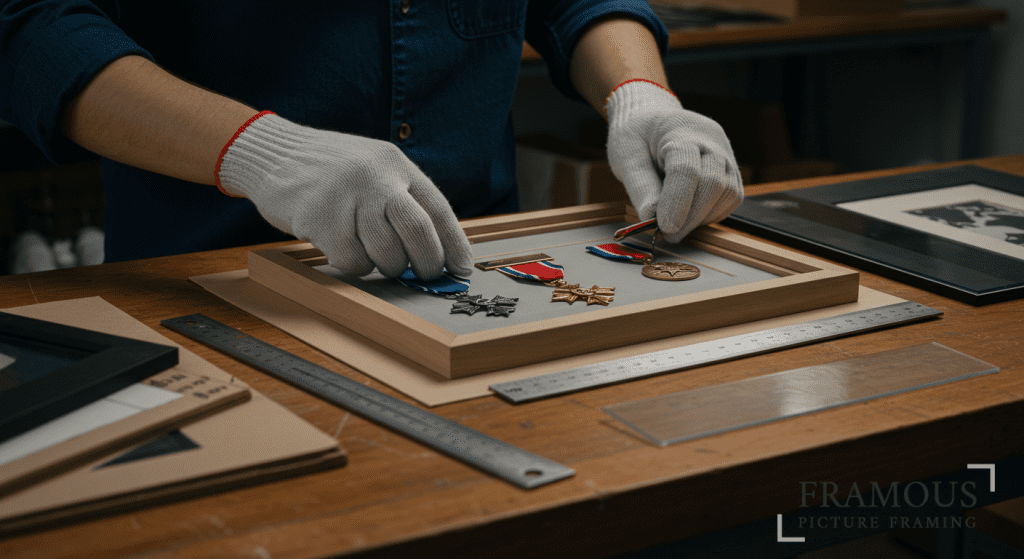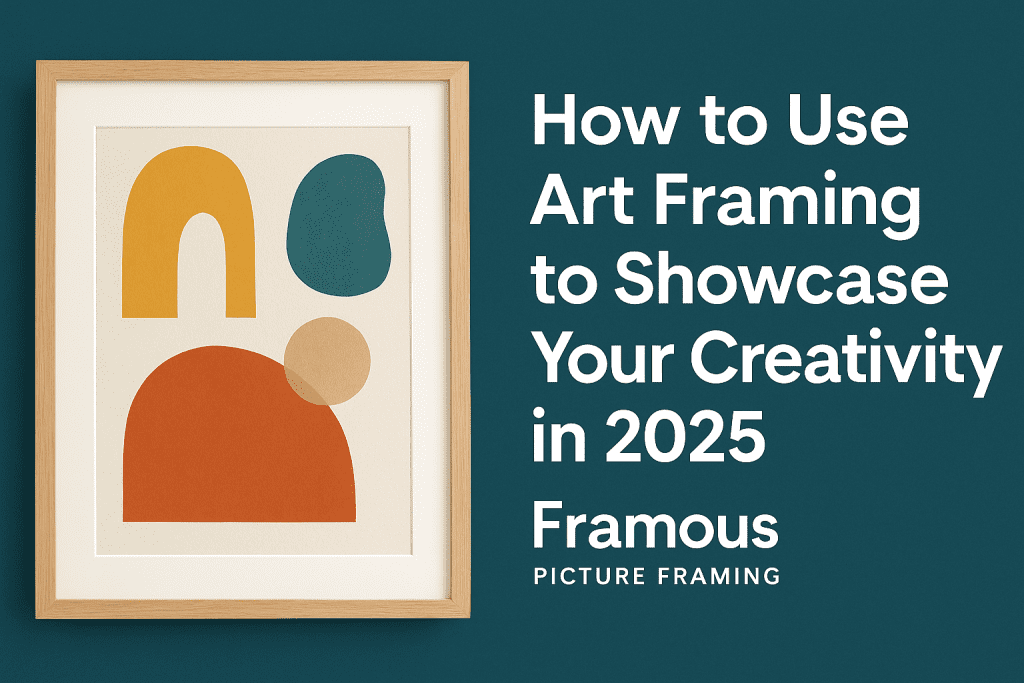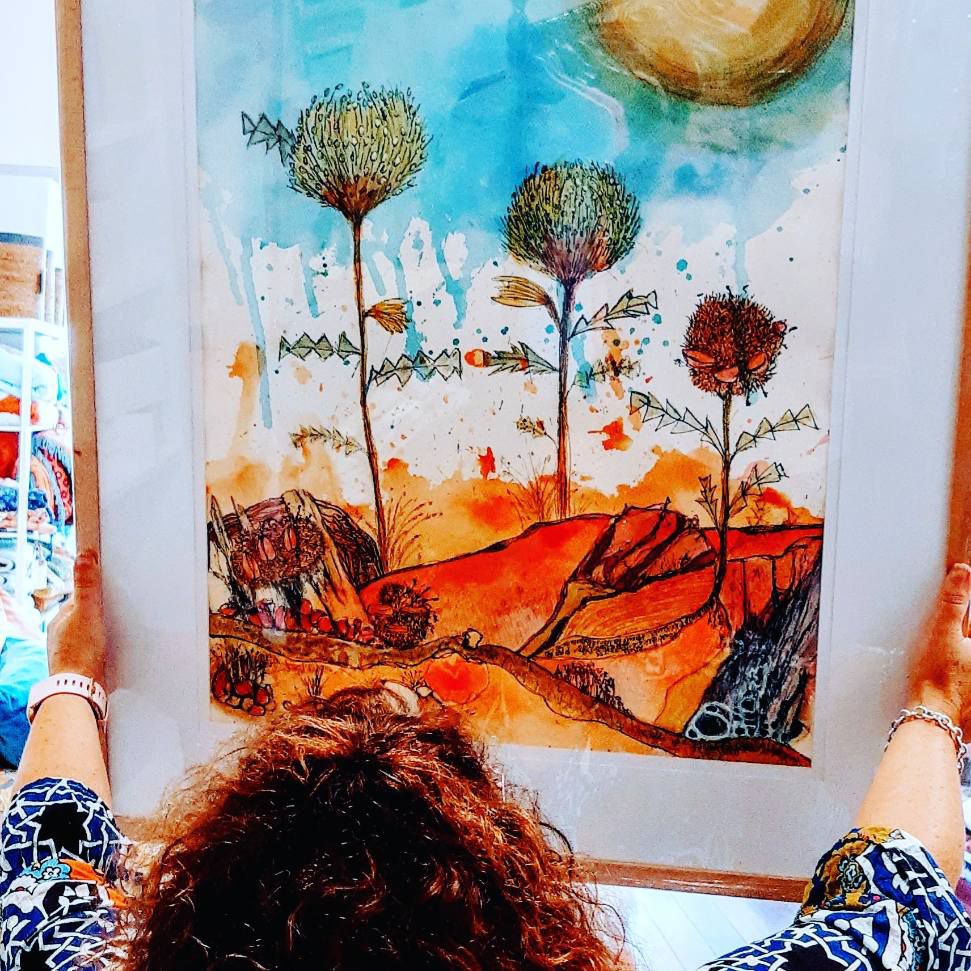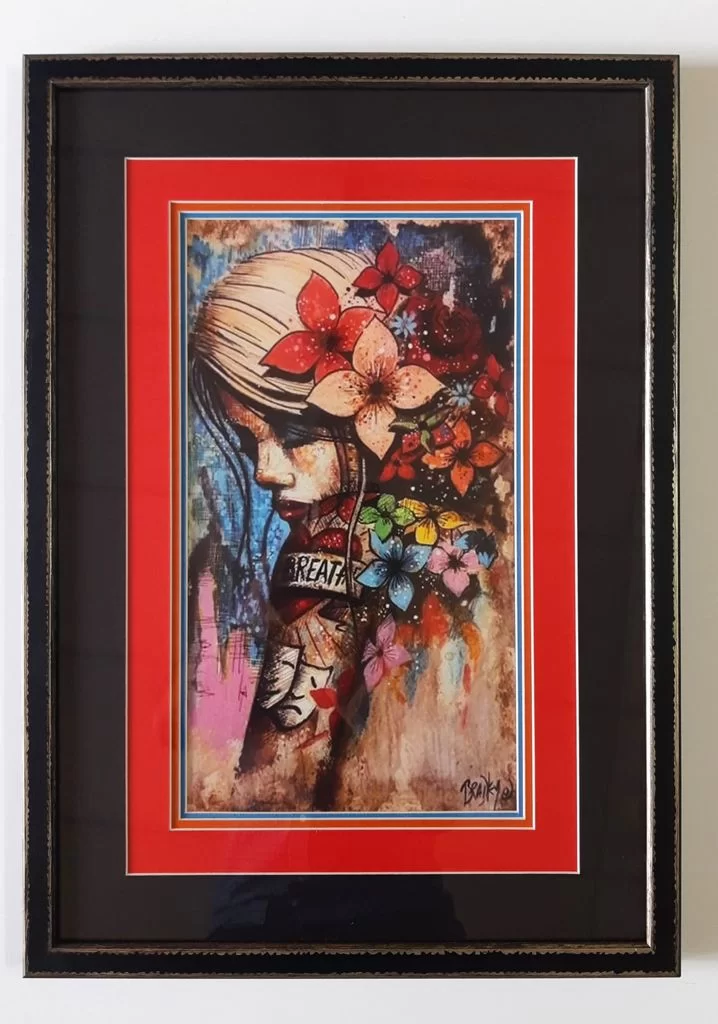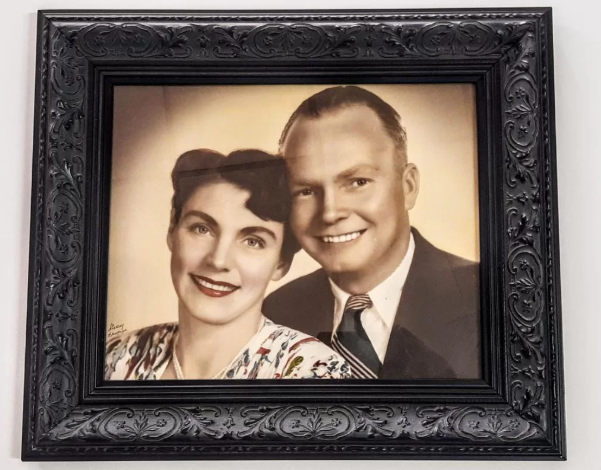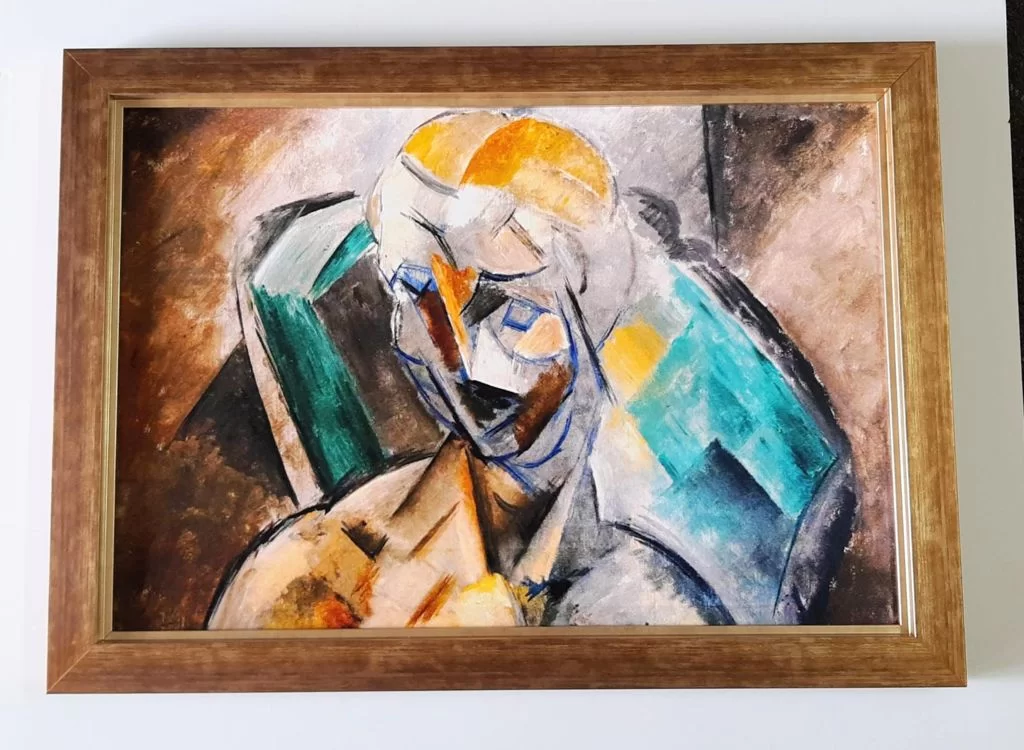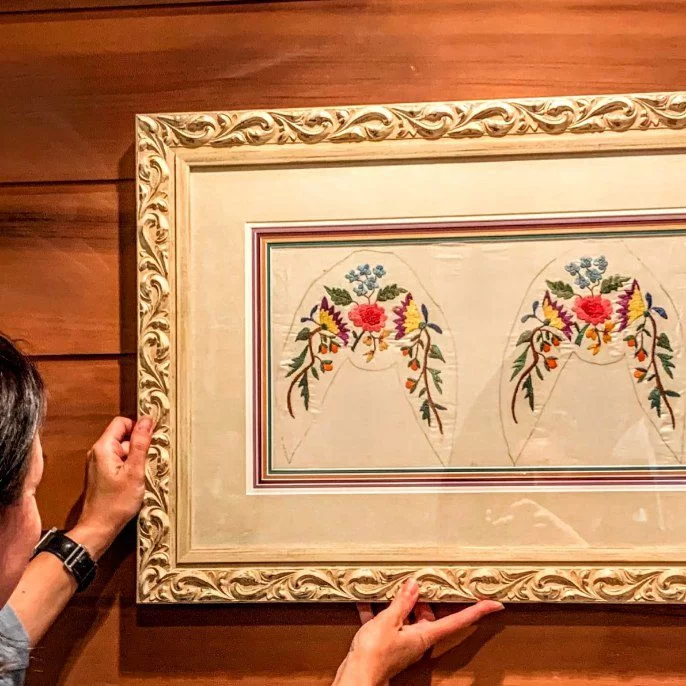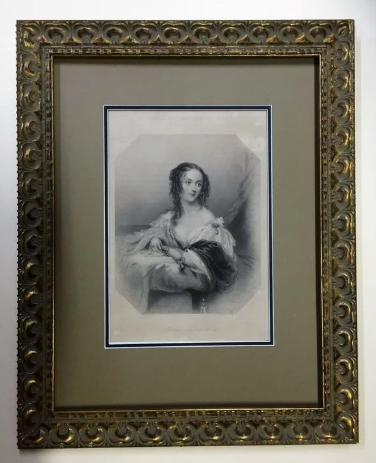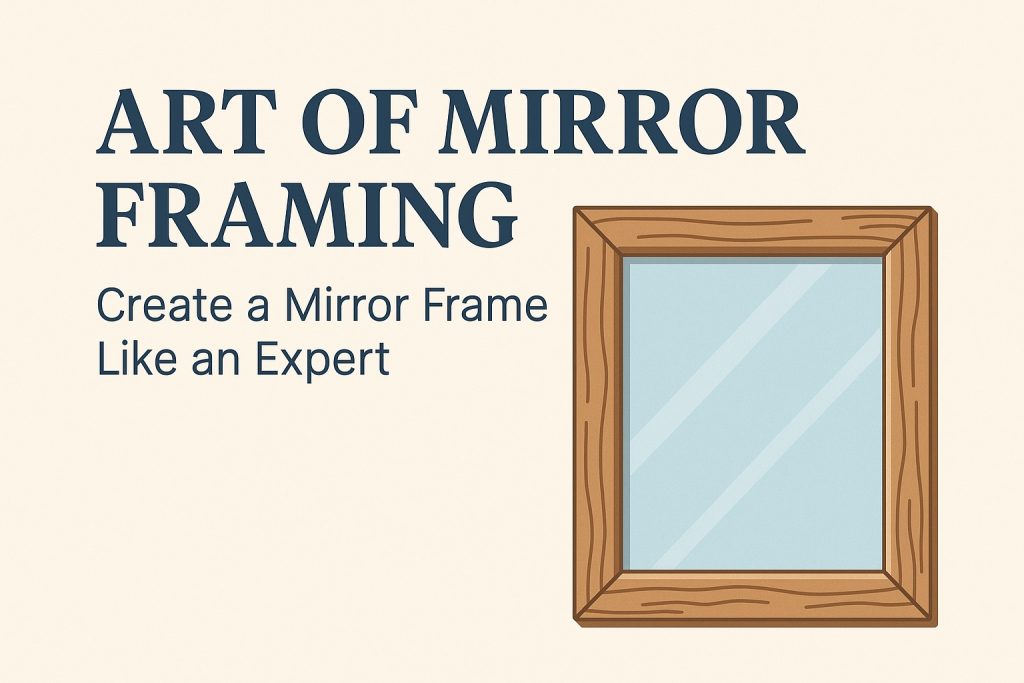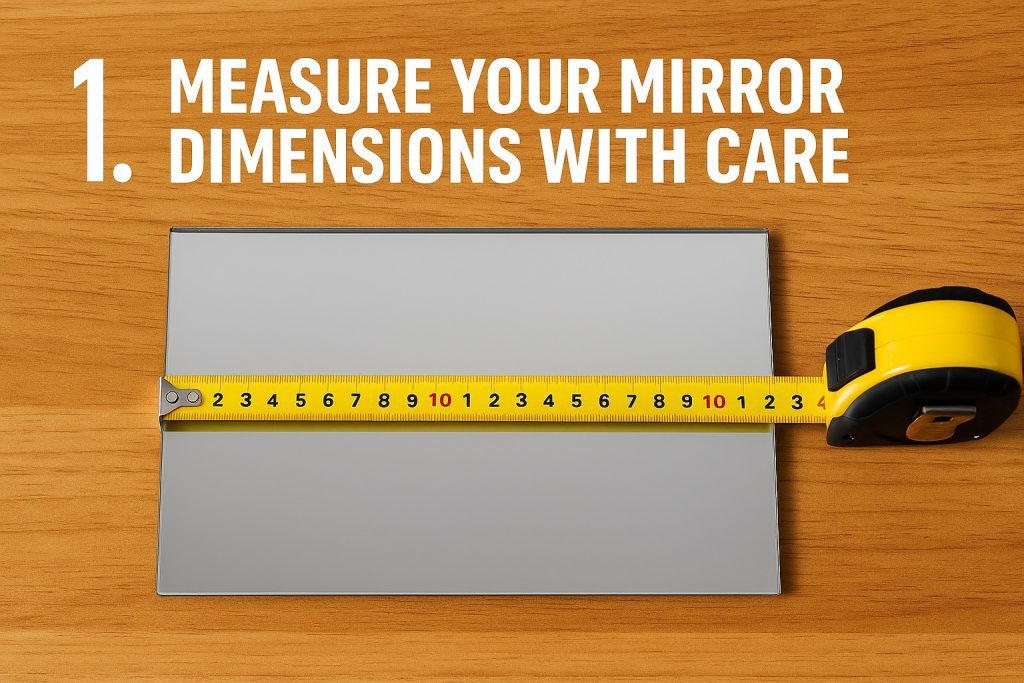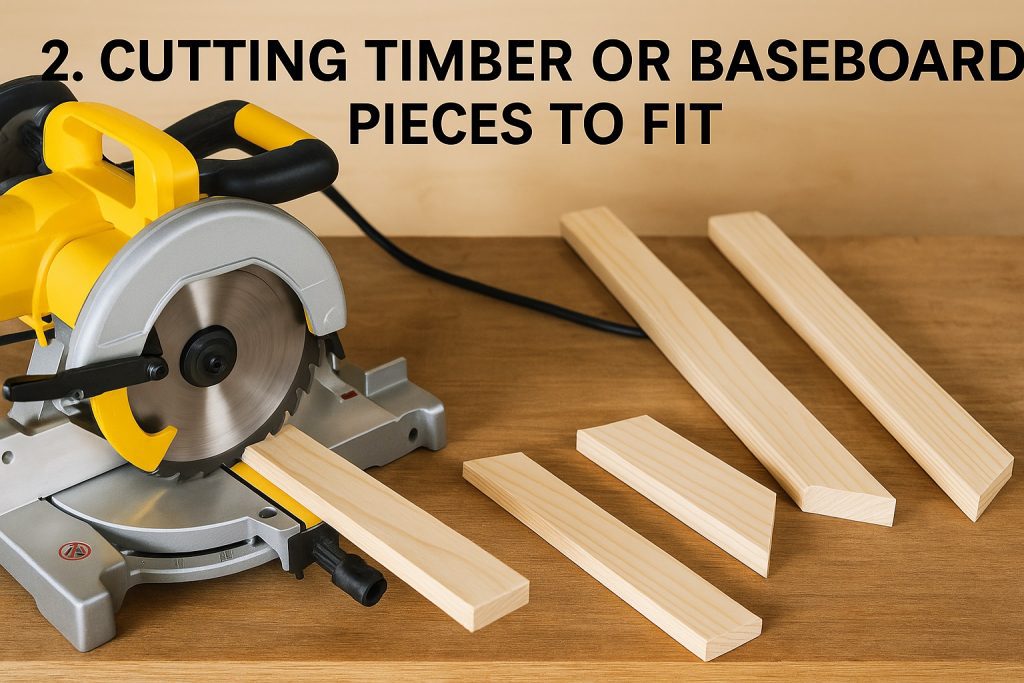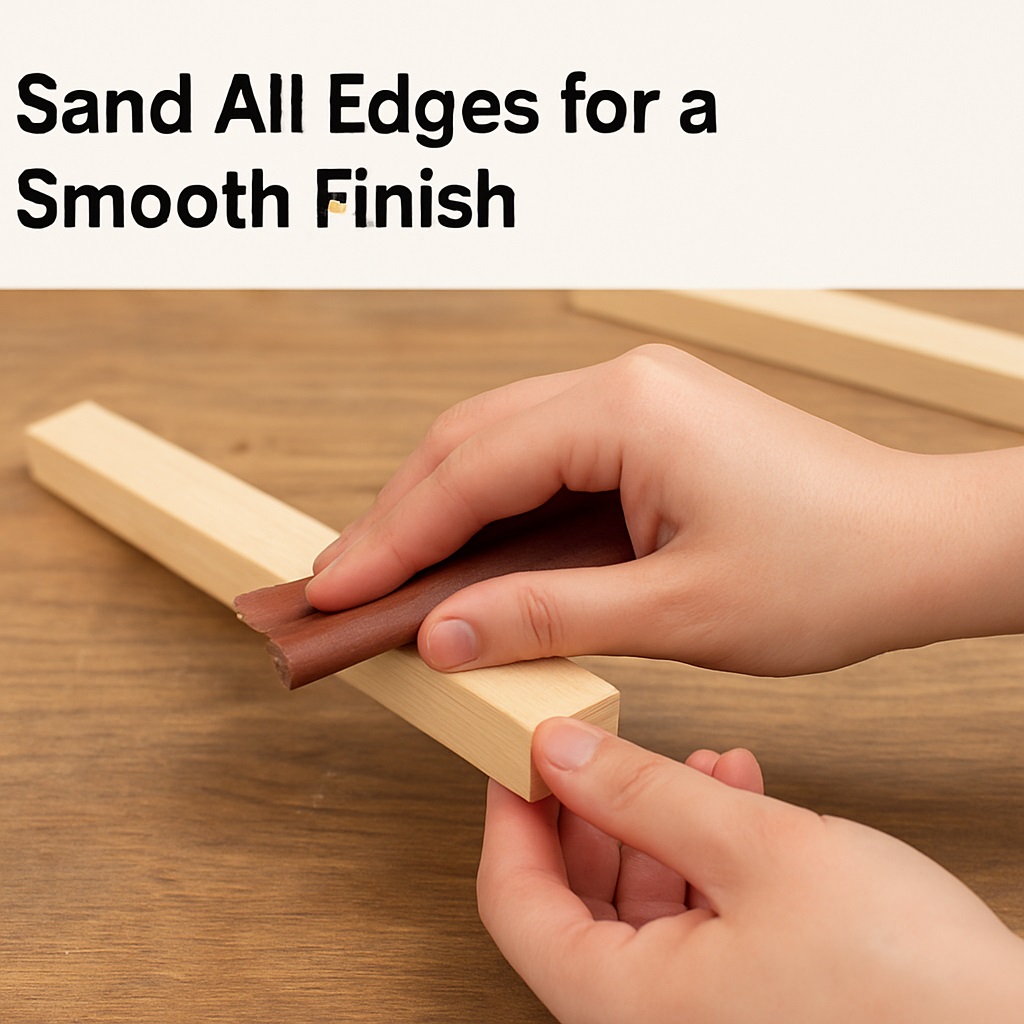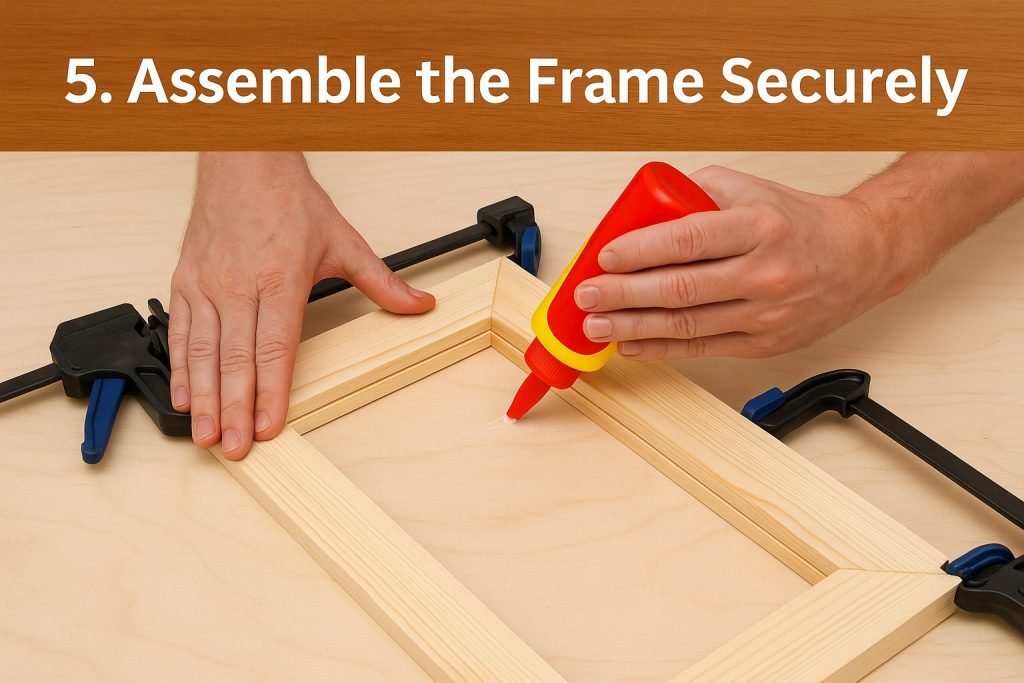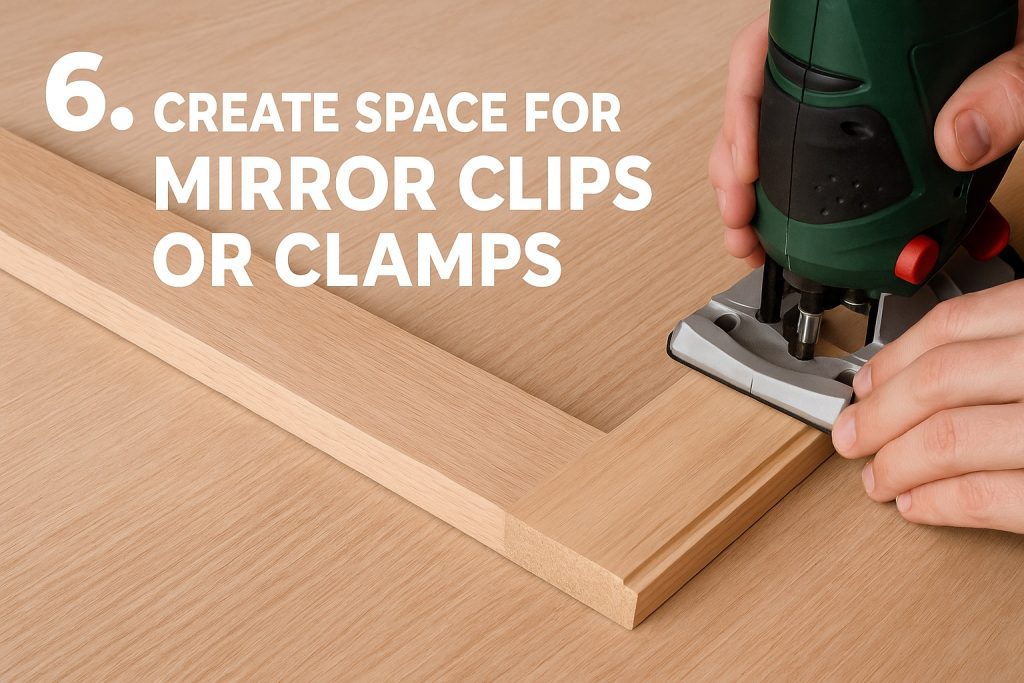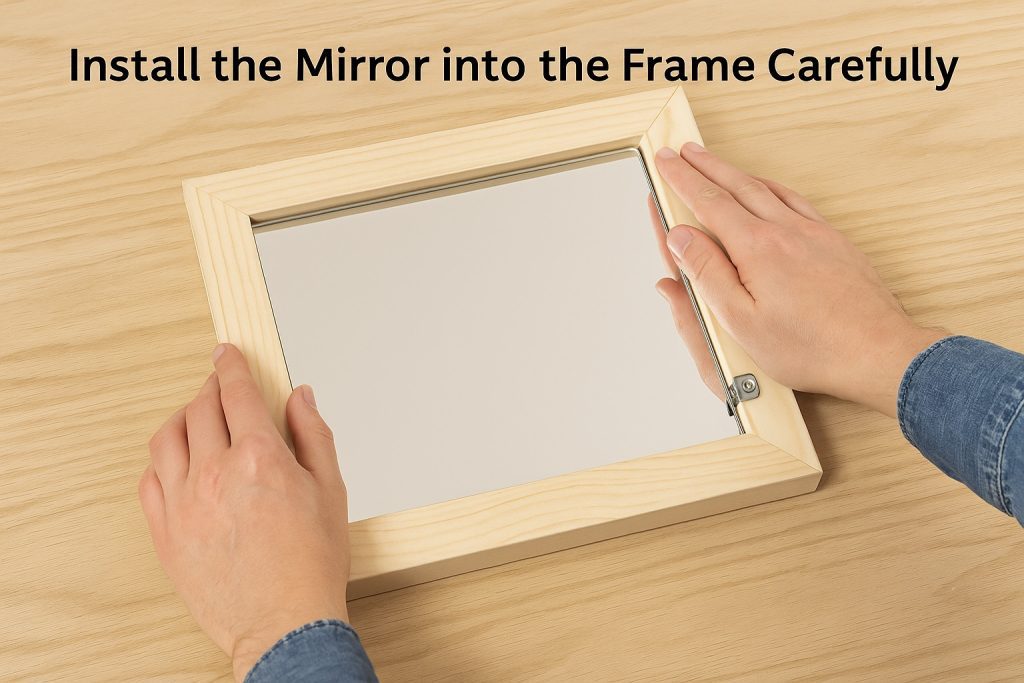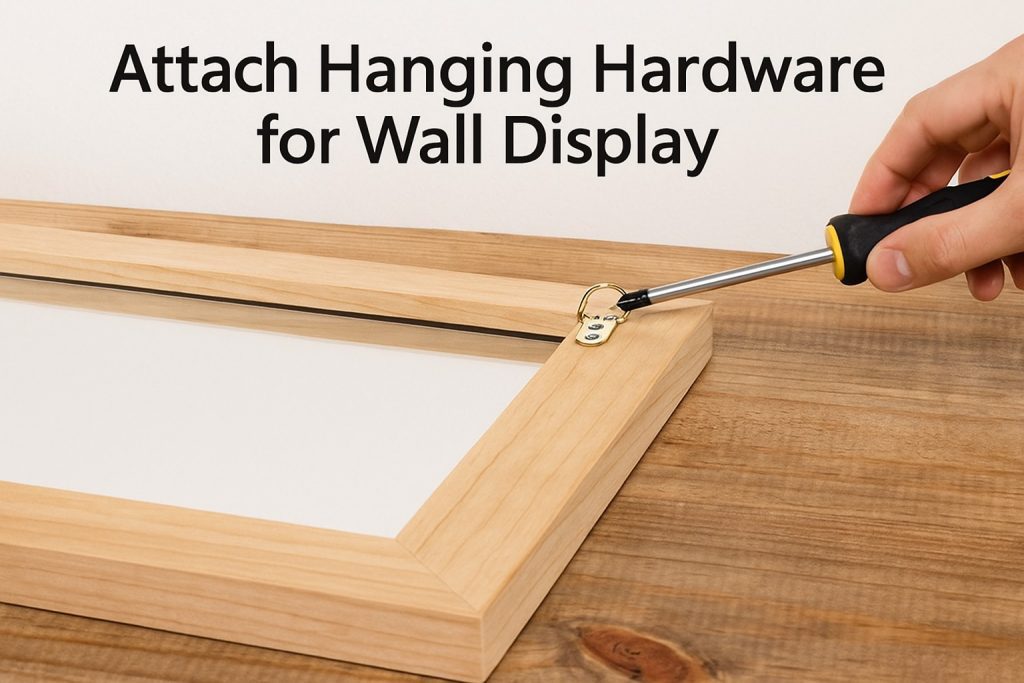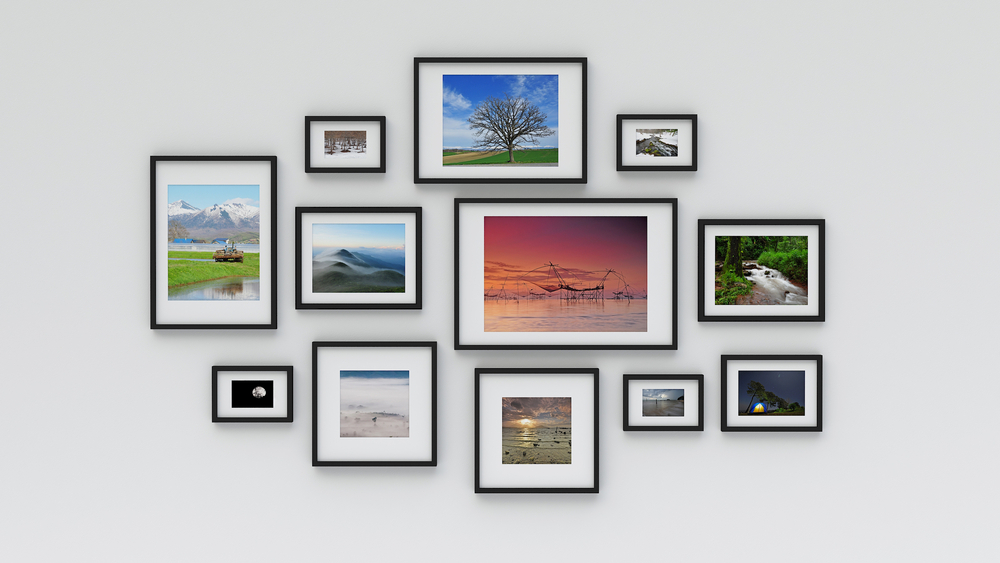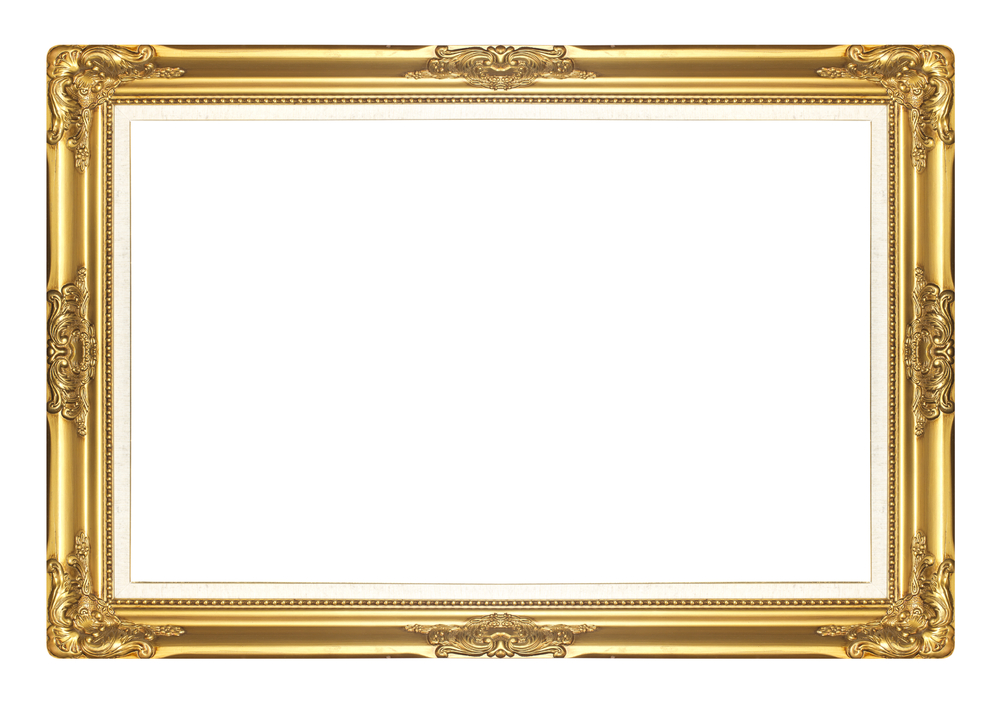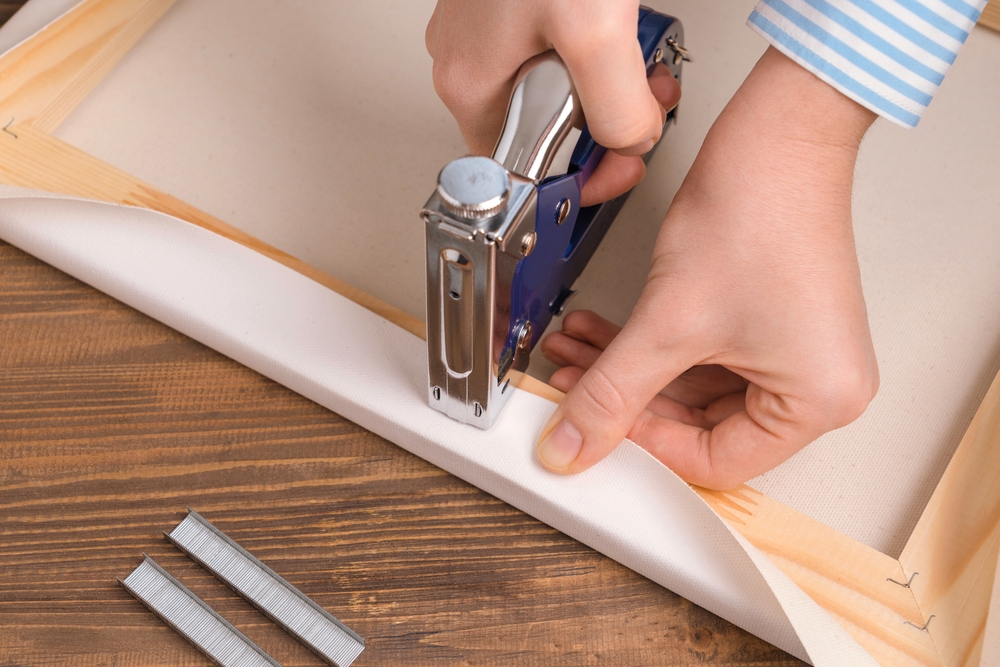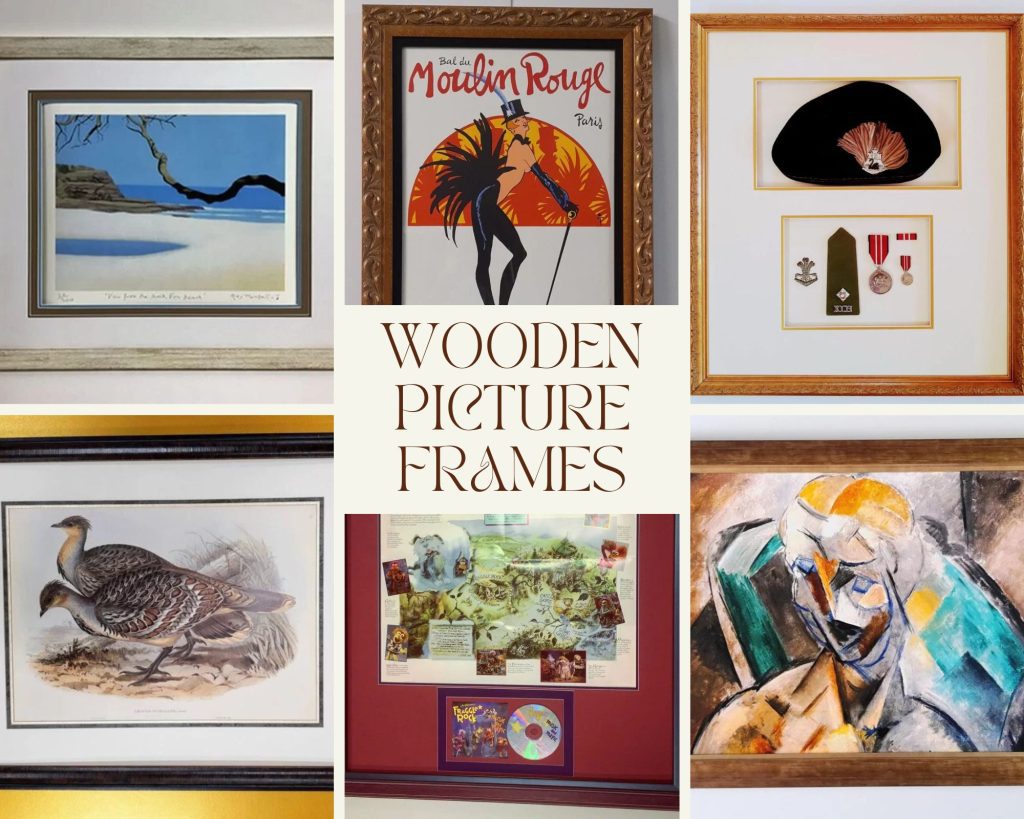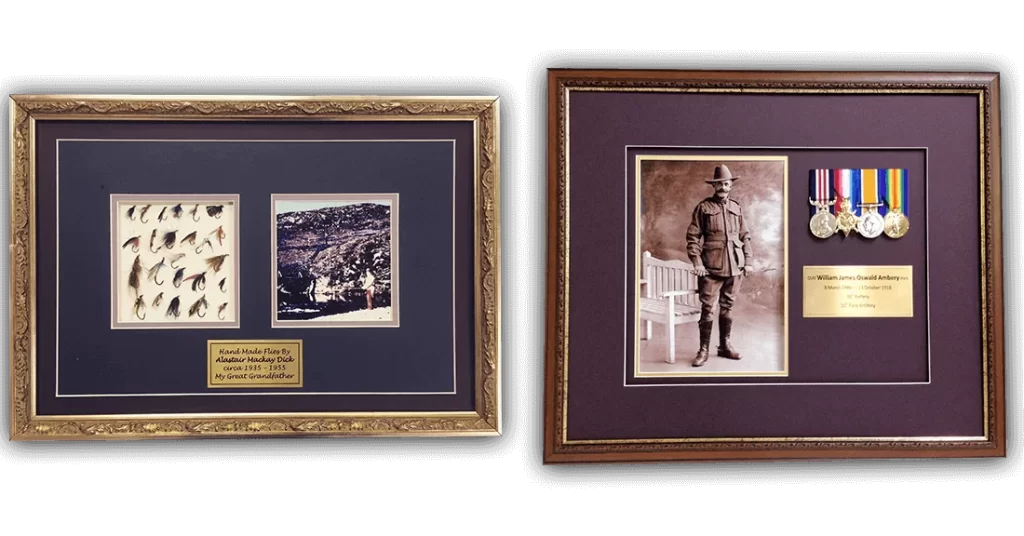Avoid These 9 Art Framing Mistakes – Protect Your Art with Expert Framers in Perth
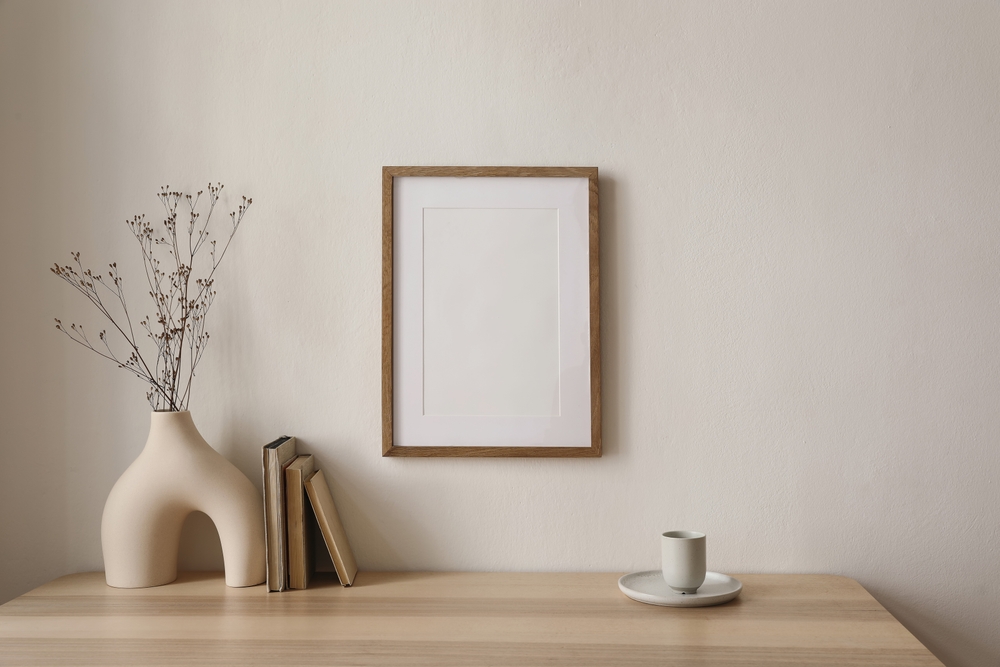
Imagine your prized artwork losing colour or curling at the edges. Not because of age, but due to a simple framing mistake. In Perth, we’ve seen countless art framing mistakes cause costly damage like mat-burn and faded prints.
But don’t worry. Most errors are avoidable.
In this guide, we’ll expose 9 common framing mistakes and show you quick fixes to protect your art. Whether you’re DIY framing at home or choosing a custom framing service, read on for expert tips and tricks to keep your artwork safe and stunning.
9 Common Picture Framing Mistakes That Can Damage Your Artwork
Below are the 9 most frequent framing blunders. For each, we explain why it’s a problem, offer a DIY fix, and explain when a pro’s help is wise.
1. Choosing the Wrong Frame Size
Using a frame that’s too big or too small throws off your artwork’s balance. An oversized frame can overwhelm a delicate print, while a tiny one makes a painting look cramped.
A good rule: the frame (and mat) should complement the art, not overpower it. If the frame is mismatched, viewers’ eyes wander away from the art.
Quick Fixes:
- Measure the wall space and art first. Use a paper mock-up on the wall to preview different sizes.
- Ensure there’s a comfortable border. Many professional framers use a 3:1 or golden-ratio guideline, so the art feels centered.
- Contact us to calculate proportions precisely.
2. Neglecting the Matboard / Doing Matboard Mistakes
Mats do more than look nice. They protect and showcase art. Using acidic or the wrong mat width can actually damage your piece. Acidic mats produce “mat burn,” irreversibly browning your artwork. Also, a mat that’s too narrow can crowd the piece, while an overly wide one can dwarf it.
Quick Fixes:
- Always use acid-free, archival matboard (lignin-free) to avoid mat-burn.
- A safe guideline is a 2–4″ mat border for average artwork (wider mats for large art, narrower for small pieces).
At Framous Picture Framing, we stock only museum-grade, acid-free mats. We’ll choose the right mat colour and width for “breathing room” around your art, enhancing the image with complementary neutrals (white, black, cream) rather than clashing hues.
3. Ignoring the Artwork’s Style / Choosing the Wrong Frame Style
The frame style should match the art and your room. A hyper-modern abstract in a heavy golden frame (or vice versa) can look discordant.
For example, a minimalist line drawing might be overwhelmed by an ornate, heavy frame, and a grand oil painting can vanish in a too-simple frame. Even the frame’s finish (wood, metal, painted) should harmonize with the artwork’s era and colors.
Quick Fixes:
- Match the frame’s formality to the art’s.
- Use simple black or white frames for modern or colourful pieces, and richer wood or decorative frames for classical or vintage art.
- Consider your wall décor too – neutrals (white, black, wood tones) usually work well.
4. Improper Mounting & Fixing
How you fix the art in the frame is critical. Taping or gluing your artwork directly can cause stains or tears. For paper art, avoid aggressive adhesives.
Conservation framing dictates acid-free hinging and reversible mounting. Use archival paper hinges with water-soluble paste (so everything can be removed later). Similarly, never let art touch the glass. Pros use spacers to keep glass off the surface which prevents sticking from humidity.
Quick Fixes:
- Don’t use regular tape or permanent glue.
- If framing a print or photo, use archival corner mounts or linen tape with reversible adhesive.
- For canvases, make sure the canvas is evenly stretched and secured as loose corners or slack canvas leads to sagging.
- Check for wrinkles or over-stretch: canvas must be taut (not bubbled or drooping).
5. Matching Frame and Mat Colour: Contrast Matters
Using the same colour for frame and mat can flatten the look. A mat’s job is to draw the eye to the art, not become the focus. A bright mat or frame colour that mirrors the artwork’s main colour can overpower the piece.
Quick Fixes:
- If your frame and mat match too closely, switch one: e.g., use a light or dark neutral frame with the existing mat (or vice versa).
- Opt for contrast: a neutral mat (white, off-white, black) often makes colours pop. If using a coloured mat, pick a subtle accent shade (like a muted blue or green) that highlights but doesn’t steal focus
Come to us. We use colour theory in framing. Our framers will suggest frame/mat combinations.
6. Hanging Art Too High
Even a perfectly framed piece looks odd if hung too high.
The standard rule is to hang art so its center is about 57–60 inches from the floor (average human eye level).
Quick Fixes:
- Mark 57″ on your wall, measure your artwork’s center, and align them. Use picture hanging hardware at that height.
- If above a couch, ignore the 57″ rule and instead keep 6″ between couch and frame bottom.
- For grouped pieces, treat them as one unit: align the group’s collective center around eye level and space each about 3–6 inches apart.
Our framing shop can help plan complex layouts. We often recommend an L-bracket or rail system for heavy or multi-piece arrangements to ensure everything hangs straight and at the ideal height.
7. Using Wrong or Unsafe Hanging Hardware
Many framing disasters happen simply because the hanging tool wasn’t up to the job. Always match your hardware to the frame’s weight.
A good rule: use hangers rated for 1–3 times the frame’s weight.
Quick Fixes:
- Check the weight rating on any hook or wire.
- For medium frames, use heavy-duty picture hooks or wall anchors, not just a single nail.
- For heavy or large frames, install two D-rings and sturdy picture wire so weight is distributed.
- Use wall anchors suited to your wall type (toggle bolts for drywall, masonry anchors for brick/plaster).
- Never trust flimsy sawtooth hangers with heavy art.
We use museum-quality hanging systems. We can install security hardware and lead anchors to brace corners. This prevents unwanted shifts or falls, especially in high-traffic or earthquake-prone areas.
8. Cheap or No Glazing / Skipping UV/AR Glass
Cutting corners on glazing leaves artwork exposed to dust, UV fading and distracting glare. Proper glazing (UV-filtering glass or acrylic, and anti-reflective/AR options) protects colour, reduces reflections and preserves value; especially for works in bright rooms or near windows.
Quick fixes — practical glazing tips you can apply today:
- Choose UV-filtering glazing when the piece gets sunlight or strong artificial light.
- Pick anti-reflective (AR) glass for glossy photos or framed prints so viewers see the art, not themselves.
- Opt for acrylic for large or vulnerable frames: it’s lighter and shatter-resistant.
- Use spacers to keep glazing off the artwork so paper/canvas won’t stick in humid conditions.
- Seal the frame edges to reduce dust and moisture ingress.
- Avoid direct sunlight where possible; even UV glass slows fading, it doesn’t make art invincible.
- Consider window films or blinds as an extra layer of protection for sunny rooms.
Pro-grade option: For valuable or sentimental pieces, use museum-grade glass or conservation acrylic. We use options with 99% UV protection and AR coatings. We’ll match glazing to the artwork’s value and display conditions so you get the best clarity and long-term protection.
9. Choosing Price Over Materials
Saving a few dollars on frame materials can backfire. Low-quality frames use acidic backing boards, non-archival tapes, or unsealed wood; all of which can invite mold, pests or paper decay. Cheap backers and tapes fail to buffer moisture and acidity, so over years, you risk foxing, warping or even bug damage. In the long run, cheap framing can mean expensive restoration or replacements.
Quick Fixes:
- Inspect any frame kit for “acid-free” labels.
- If backing looks brown or flimsy, replace it with pH-neutral board.
- Apply archival sealing tape around edges to block out dust and bugs.
We do archival framing in which we use acid-free backing, spacers, and conservation tape to protect your art against humidity and insects.
When to Call a Professional Framer in Midland, Perth
Some framing jobs really need expert hands. If your piece is expensive, delicate or one-of-a-kind like oil paintings on canvas, delicate textiles or family heirlooms, it’s wise to call a pro. Complex pieces (multi-panel art, curved objects, heavy canvases) or any artwork that you want to preserve for generations should be professionally framed.
Reach Out Framous Picture Framing in Perth: Award-Winning Framers Protecting Artworks Since 1985
We use museum-grade, archival materials and even offer restoration services. DIY framing is often “not ideal” for original art; a skilled framer will follow industry standards and protect your investment.
Whether you have a priceless gallery canvas or a sentimental print, our Midland framing workshop can help.
Book a free framing consultation
Or just bring your art to our frame showroom – our expert framers will ensure it’s framed perfectly and safely.
FAQs
- What are the most common framing mistakes?
Common framing errors include wrong frame size (too big/small), non-archival mats (causing “mat burn”), skipping UV-protective glazing, using tape/glue on art, and poor hanging hardware. In short: wrong proportions, acidic materials, inadequate mounting or protection are the major pitfalls.
- Is UV glass always necessary for art framing?
It depends. For valuable art or pieces in bright light, UV-filtering glazing is highly recommended to prevent fading. Premium museum or conservation glass blocks 99% UV. For casual or dimly-lit displays, standard glass or acrylic may suffice, but we still suggest at least some UV protection if possible.
- Can I frame delicate textiles at home?
Generally, no. Fragile fabrics should be mounted with special supports and spacers to avoid damage. Improper DIY methods like taping or tight stretching can permanently distort or stain fabrics. Consult a professional framer for embroidery, tapestries or anything with fragile fibers.
- How wide should a mat be for my artwork?
A common rule of thumb is to allow at least 1–2 inches of mat showing on each side. Many framers use 2–4 inches for small to medium pieces, and proportionally wider mats for larger art. The goal is to give the artwork “breathing room” in the frame.
- How high should I hang artwork in my home?
Aim to keep the center of the artwork around 57–60 inches from the floor (eye level). If hanging above furniture (sofa, mantel), you can go a bit higher which is usually 6–8 inches above the furniture surface. For groupings, treat the collection as one big piece and center that unit near eye level.
- What is the golden ratio in art framing?
The golden ratio is a compositional guideline (1:1.618) used to achieve pleasing proportions. It’s like an advanced rule-of-thirds that divides space in a way that feels naturally balanced. In framing, some artists apply it to decide mat borders or focal placement, ensuring the artwork hangs in harmony with its frame and surroundings.



